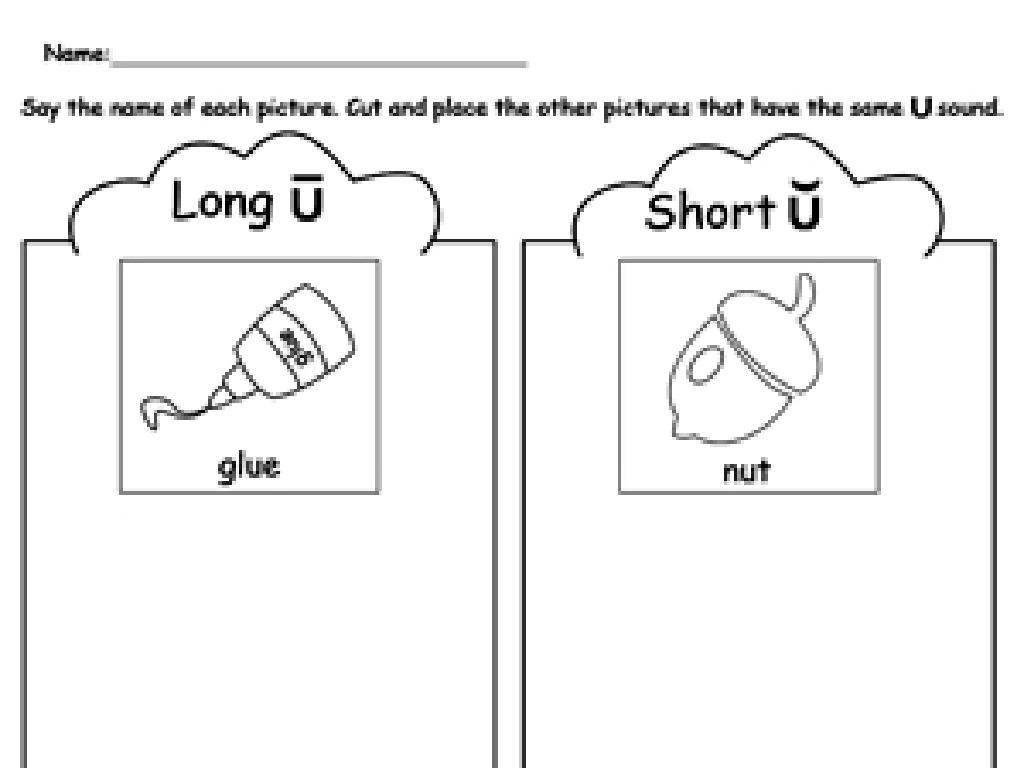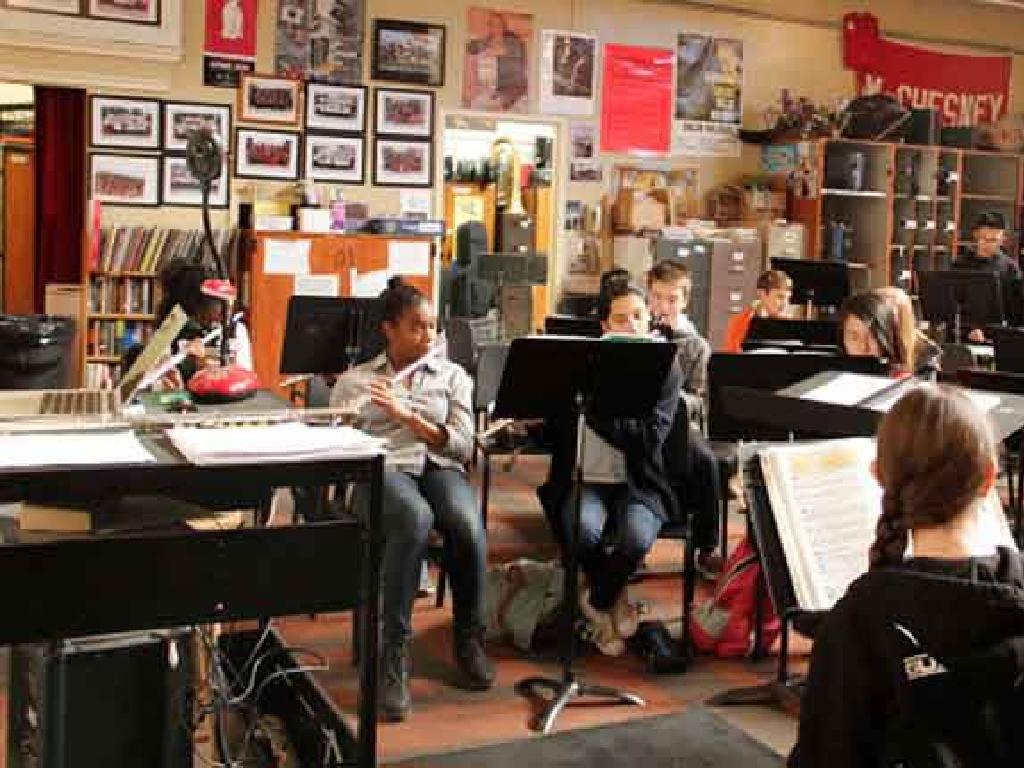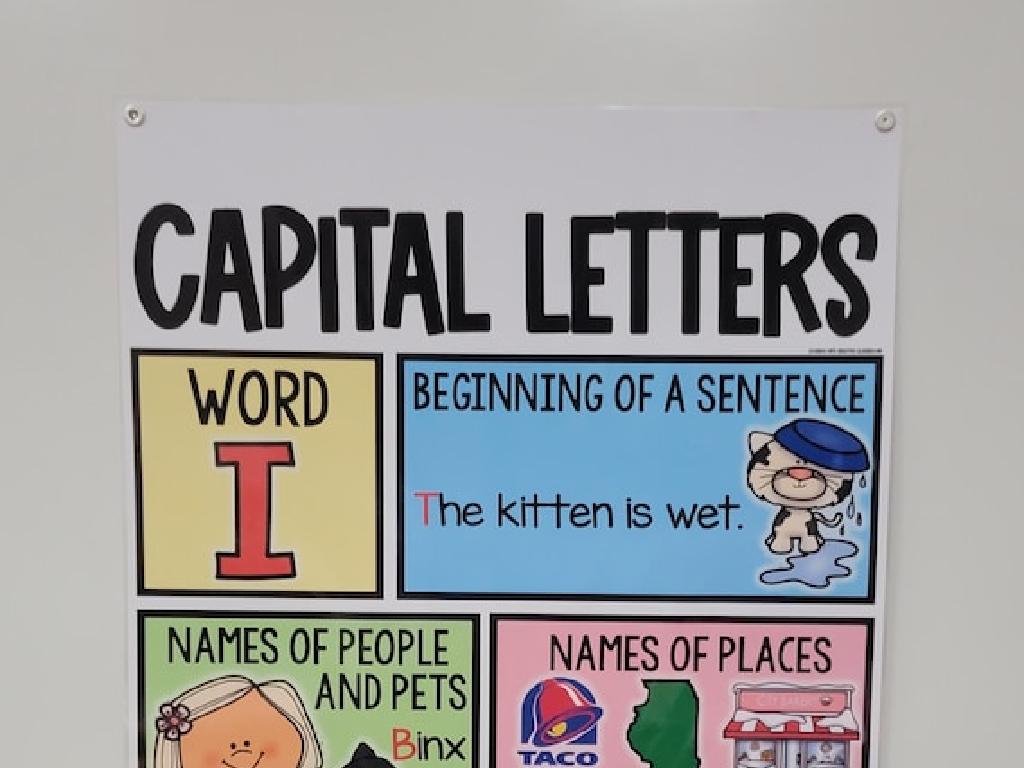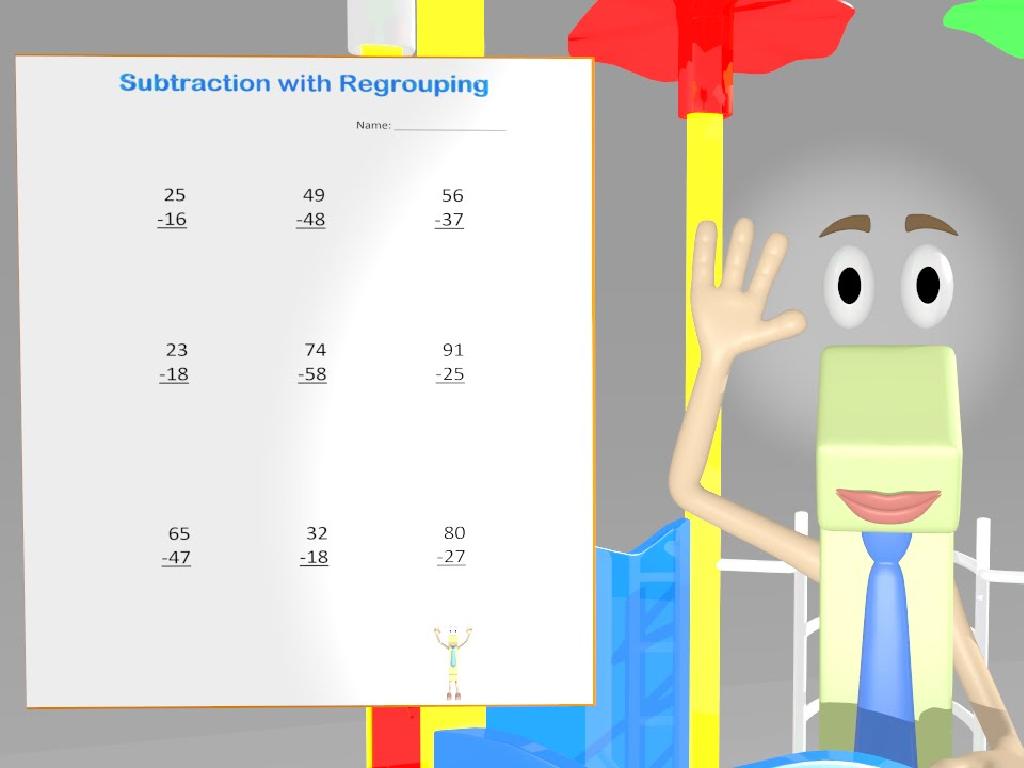Label Parts Of Rock Cycle Diagrams
Subject: Science
Grade: Sixth grade
Topic: Rocks
Please LOG IN to download the presentation. Access is available to registered users only.
View More Content
Welcome to the Rock Cycle!
– Explore the rock cycle
– A process that describes how rocks are formed, broken down, and processed
– Transformation of rock types
– Learn how sedimentary, igneous, and metamorphic rocks convert under various conditions
– Rocks’ continuous journey
– Rocks move through the cycle in many ways, including melting, cooling, eroding, and compacting
– Earth’s geological processes
|
This slide introduces students to the concept of the rock cycle, a fundamental geological process. It explains how rocks are not static but are constantly changing from one form to another through various processes such as melting, cooling, erosion, and compaction. Emphasize that the rock cycle is a continuous process that occurs over millions of years, shaping the Earth’s crust. Encourage students to think about how the three main rock types – sedimentary, igneous, and metamorphic – transform during the cycle. Use diagrams to illustrate the stages of the rock cycle and how rocks can follow multiple paths through it.
Types of Rocks and the Rock Cycle
– Igneous Rocks: Earth’s fiery creators
– Formed from cooled magma or lava
– Sedimentary Rocks: Time’s storytellers
– Made from compacted sediment layers
– Metamorphic Rocks: Alchemists of heat and pressure
– Created when rocks are transformed by intense heat and pressure
– Exploring the rock cycle diagram
|
This slide introduces students to the three main types of rocks and their formation processes, which are part of the rock cycle. Igneous rocks form from the solidification of magma or lava, exemplified by granite and basalt. Sedimentary rocks result from the accumulation and cementation of mineral and organic particles, like sandstone and limestone. Metamorphic rocks arise from the transformation of existing rock types through heat and pressure, with examples including slate and marble. The rock cycle diagram will be used to illustrate these transformations. Encourage students to think about how each rock type might look and feel, and where they might encounter them in their daily lives.
The Rock Cycle Explained
– Magma cools to form igneous rocks
– When magma cools, it crystallizes to form igneous rocks like granite.
– Igneous rocks break down into sedimentary
– Weathering and erosion break down igneous rocks into small particles.
– Sedimentary rocks become metamorphic
– With heat and pressure, sedimentary rocks transform into metamorphic rocks like marble.
– Metamorphic rocks melt into magma
– Intense heat melts metamorphic rocks back into liquid magma.
|
This slide provides an overview of the rock cycle, a continuous process where rocks are transformed from one type to another. Begin with explaining how the cooling of magma, which is molten rock from beneath the Earth’s surface, forms igneous rocks. Discuss the processes of weathering and erosion that lead to the formation of sedimentary rocks from the accumulation of sediment. Highlight how sedimentary rocks can undergo metamorphosis due to heat and pressure, resulting in metamorphic rocks. Finally, explain that when metamorphic rocks are subjected to extreme heat, they can melt back into magma, completing the cycle. Use diagrams to illustrate each stage of the cycle and encourage students to label each part. This will help them visualize the dynamic nature of Earth’s geology.
Labeling the Rock Cycle
– Identify three main rock types
– Igneous, sedimentary, metamorphic
– Label rock-forming processes
– Erosion, sedimentation, cooling, heat/pressure
– Understand rock transitions
– How rocks change from one type to another
– Explore rock cycle diagram
|
This slide aims to help students identify and label the three main types of rocks: igneous, sedimentary, and metamorphic. They will also learn to label key processes such as erosion, sedimentation, cooling, and the effects of heat and pressure that lead to the formation of each rock type. Understanding the transitions between rock forms is crucial, as it shows the dynamic nature of Earth’s geology. Encourage students to explore the rock cycle diagram and see it as a map of a rock’s journey through time and change. Provide a clear and labeled diagram of the rock cycle for students to study and reference. In the next class, we will discuss each part in detail and students will have the opportunity to label a rock cycle diagram themselves.
Examples in Nature: Rock Cycle
– Granite: Igneous rock formation
– Formed from cooled magma or lava
– Sandstone: Sedimentary rock example
– Created from compacted sand over time
– Marble: Metamorphic rock type
– Formed when limestone is subjected to heat and pressure
– Rock cycle integration of examples
|
This slide aims to provide tangible examples of the three main rock types within the rock cycle. Granite is an igneous rock that forms when magma or lava cools and solidifies. Sandstone, a sedimentary rock, is made from sand particles that have been compacted and cemented over time. Marble is a metamorphic rock that originates from limestone transformed under extreme heat and pressure. Discussing these examples helps students understand the dynamic nature of the rock cycle and how rocks can transform from one type to another under different conditions. Encourage students to think about how these rocks might change if the conditions in their environment change, reinforcing the concept of the rock cycle.
Class Activity: Rock Cycle Role Play
– Role play as a rock
– Narrate your rock journey
– Start as sedimentary, become metamorphic, then maybe volcanic!
– Use props and costumes
– Dress up as igneous, sedimentary, or metamorphic rocks
– Simulate rock cycle stages
– Show transformation with creativity!
|
This interactive class activity is designed to help students understand the rock cycle in a fun and engaging way. Each student will take on the role of a rock and narrate their transformation through the rock cycle stages: sedimentary, metamorphic, and igneous. Encourage them to use props and costumes to represent different types of rocks and the conditions they undergo. For example, crumpled brown paper for sedimentary rocks, shiny fabric for metamorphic, and red and orange streamers for molten lava. Possible activities: 1) A student can start as sedimentary rock, describe compaction and cementation, then heat and pressure to become metamorphic, and finally melting and cooling into igneous rock. 2) Another student might start as magma, cool to form igneous rock, then weather into sediment, and compress back into sedimentary rock. 3) Have students form groups and create a skit that shows the rock cycle process. This will help solidify their understanding of the rock cycle and the dynamic nature of Earth’s geology.
Interactive Quiz: Mastering the Rock Cycle
– Test your rock cycle knowledge
– Identify rock cycle diagram parts
– Locate and label magma, sediment, metamorphic, etc.
– Explain rock transformation processes
– Describe how heat, pressure, and erosion change rocks
– Engage in group discussion
|
This interactive quiz is designed to assess students’ understanding of the rock cycle. Provide a diagram of the rock cycle without labels and ask students to identify and label different parts such as magma, sedimentary, igneous, and metamorphic rocks. Then, have them explain the processes like melting, cooling, compaction, and erosion that lead to the transformation of rocks. Encourage group discussions to facilitate peer learning. As a teacher, prepare to clarify misconceptions and provide examples of each process. Consider using real rock samples to enhance the learning experience.
Wrapping Up: The Rock Cycle
– Recap the rock cycle stages
– Review how rocks transform from one type to another
– Geological processes significance
– Understanding these processes explains Earth’s surface changes
– Homework: Create a rock cycle diagram
– Draw and label each part of the cycle you’ve learned
– Be ready to discuss your diagram
– Think about how each part of the cycle is connected
|
As we conclude today’s lesson, ensure students have a solid understanding of the rock cycle’s stages: igneous, sedimentary, and metamorphic rocks, and the transitions between them. Emphasize the importance of these geological processes in shaping the Earth’s surface over time. For homework, students should draw and label their own rock cycle diagrams, reinforcing their understanding of the material. Encourage creativity but also accuracy in their diagrams. In the next class, be prepared to facilitate a discussion where students can share and explain their diagrams, fostering a deeper comprehension and the ability to articulate their knowledge.






